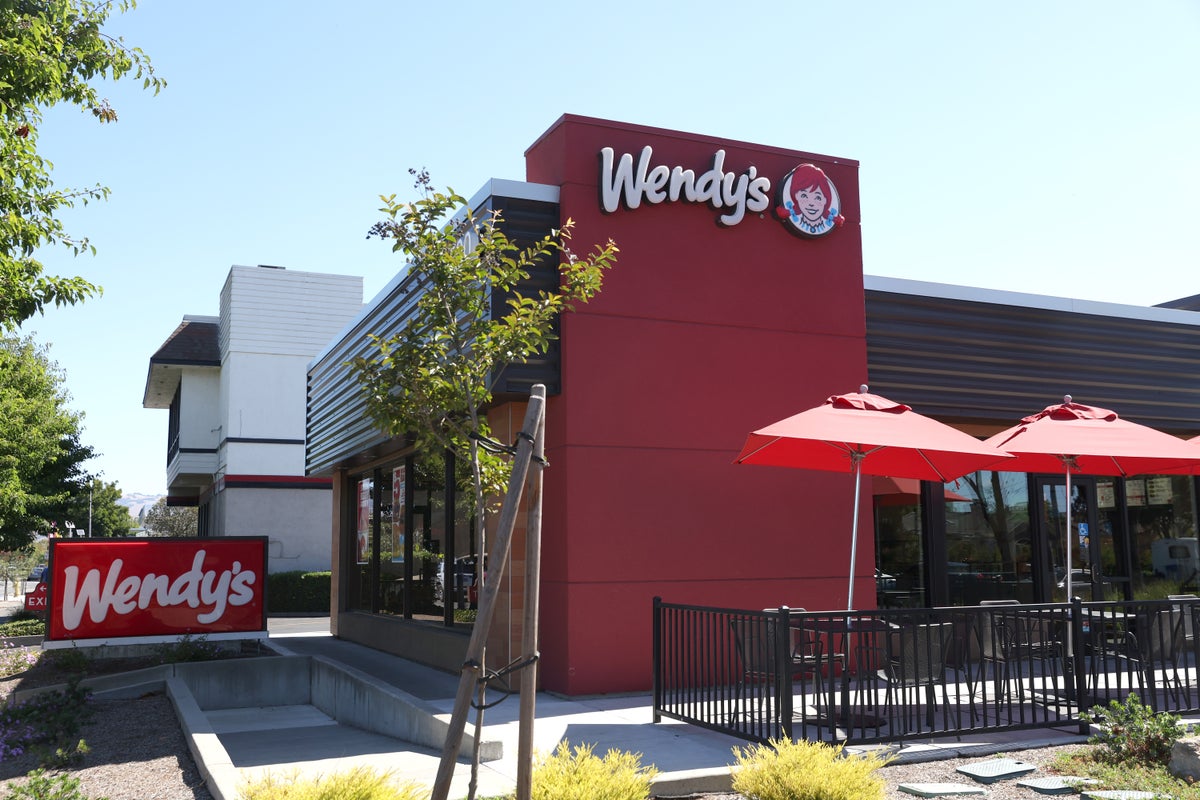Wendy’s has announced plans to close between 200 and 350 of its restaurants as customers face increasing financial pressures and cut back on dining out. Interim CEO Ken Cook disclosed this strategy during an earnings call on September 29, 2023, noting that the closures will involve a “mid single-digit percentage” of the fast food chain’s approximately 6,000 locations. Some of these closures could happen as soon as later this year, with additional locations expected to shut down into 2026.
The company has not released a specific list of the restaurants slated for closure. During the call, Cook emphasized that the closures of underperforming units are designed to enhance sales and profitability at nearby locations. “We believe these actions will ultimately bolster our brand and strengthen our overall performance,” he stated.
This move follows last year’s announcement when Wendy’s decided to close 140 underperforming restaurants while simultaneously planning to open new ones in more favorable positions. However, the situation has changed, and Wendy’s is now responding to a challenging economic environment that is affecting consumer behavior.
The announcement coincided with a decline in Wendy’s stock, which fell by 2.6 percent on the day of the earnings call. Overall, the stock has decreased by 46 percent this year, according to The Wall Street Journal. In terms of financial performance, Wendy’s reported a net income of $44.3 million for the latest quarter, down from $50.2 million during the same period last year.
Cook acknowledged the financial strain felt by many consumers, particularly those in lower-income brackets. He stated, “We do see more pressure on the lower-income consumer. We continue to see that in the third quarter, and we expect that to continue into the fourth.”
In response to these economic challenges, Wendy’s has introduced value meals such as the Biggie Bag, which includes a Junior Bacon Cheeseburger, a four-piece nugget, fries, and a drink for just $5. This pricing strategy aims to attract budget-conscious customers who are increasingly concerned about the rising cost of living.
The current economic climate is reflected in recent elections where voters expressed their concerns about affordability. In major elections held in New York, New Jersey, and Virginia, Democrats campaigned on promises to address rising costs. According to an NBC News Exit Poll, 56 percent of voters in New York City cited the cost of living as the most critical issue facing their communities.
The Consumer Price Index increased by 0.3 percent in September, resulting in an annual inflation rate of 3 percent. Although these figures were lower than analysts expected, they still exceed the Federal Reserve’s target inflation rate of 2 percent. Voters in New Jersey voiced concerns regarding property taxes and electricity costs, while those in Virginia highlighted the adverse effects of federal government cuts on their family finances.
As Wendy’s navigates this challenging landscape, the closures of its restaurants reflect broader trends in consumer spending and economic pressures that many households are currently facing. The fast food chain’s strategy to consolidate operations and focus on more profitable locations may prove essential in maintaining its market position amidst ongoing financial uncertainties.







